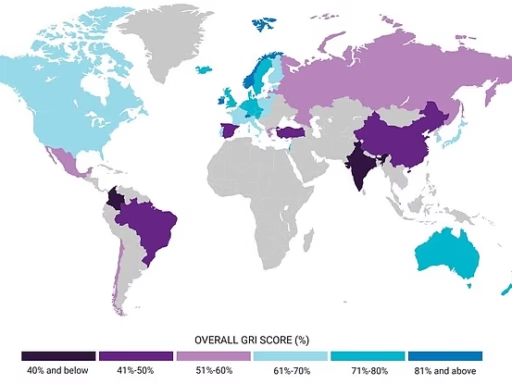
Introduction
Investing can seem intimidating, especially if you think you need a lot of money to start. The truth is, even a small amount—like $100—can help you begin building wealth over time. With the right strategies, tools, and mindset, anyone can start investing and grow their financial knowledge while taking manageable steps toward long-term goals.
This guide will show simple, beginner-friendly approaches to investing with a small budget. You’ll learn about useful platforms, accessible investment options, and practical tips for getting started.
Why Start Investing Early
The Power of Compound Growth
Compound growth is when your money earns returns, and those returns also start earning. Over time, even small amounts can grow significantly. Starting early gives your investments more time to benefit from this effect.
Building Positive Financial Habits
Investing regularly—even in small amounts—encourages good financial discipline. It can help you save consistently, budget effectively, and stay active in managing your personal finances. These habits are just as important as the money itself.
Long-Term Wealth Potential
Regular, consistent investing over time can help your money grow faster than it would in a typical savings account. While no investment is guaranteed, small amounts invested wisely can contribute to long-term financial growth.
Preparing Before You Invest
Define Your Goals
Identify why you want to invest. Are you saving for retirement, a major purchase, or an emergency fund? Clear goals will guide your investment choices and help keep you motivated.
Understand Your Risk Tolerance
Every investment carries some level of risk. Consider how comfortable you are with fluctuations in your account value. Understanding your risk tolerance ensures your investments match your comfort level.
Budget and Save Consistently
Even with a small starting amount, adding money regularly is key. Review your budget to find areas where you can save and redirect that money into investments.
Investment Platforms for Small Budgets
Micro-Investing Apps
Apps like Acorns or Stash allow you to invest spare change automatically. They link to your bank account and make it easy to start with minimal effort.
Fractional Shares
Fractional shares let you own a portion of expensive stocks like Apple or Google. This opens the door for small investors to participate in high-value companies.
Low-Cost Brokerage Accounts
Many brokers now offer zero-commission trading and no minimum account balances. This means your entire $100 can go to investments without fees eating into your funds.
Beginner-Friendly Investment Options
Exchange-Traded Funds (ETFs)
ETFs are baskets of stocks or bonds that provide instant diversification. For example, an S&P 500 ETF lets you invest in 500 large U.S. companies at once.
Index Funds
Index funds track a market index and are passively managed. They often have low fees, which helps your money grow more efficiently over time.
Dividend-Paying Stocks
Some companies distribute a portion of their profits to shareholders. Buying fractional shares of these stocks can provide small passive income alongside potential growth.
Step-by-Step Plan for Your First $100
-
Choose a Platform – Pick a micro-investing app or low-cost brokerage that suits your goals.
-
Fund Your Account – Link your bank and transfer your initial $100.
-
Select an Investment – Start with a diversified option like an ETF or index fund.
-
Automate Contributions – Set up regular small investments to take advantage of dollar-cost averaging.
Consistency is key. Small, regular investments over time build both wealth and good financial habits.
Conclusion
Investing doesn’t require a large sum to begin. Starting with $100 allows you to learn, gain experience, and benefit from the power of compounding. The most important steps are starting early, staying consistent, and choosing investments that align with your goals and risk tolerance.
Take action today. Open an account, make your first small investment, and begin your journey toward financial growth.
Legal Disclaimer
Disclaimer: This article is for informational purposes only and does not constitute financial advice. Investing involves risk, including the potential loss of principal. Past performance is not indicative of future results. Always do your research and consider consulting a licensed financial professional before making investment decisions.


